#medieval life
Explore tagged Tumblr posts
Text
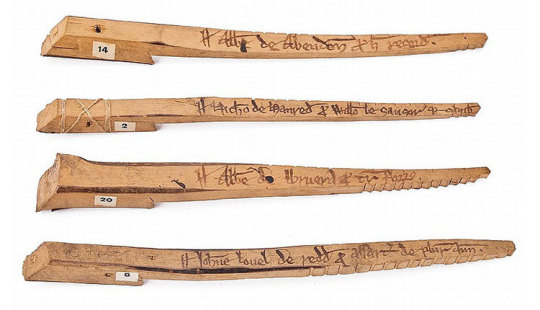
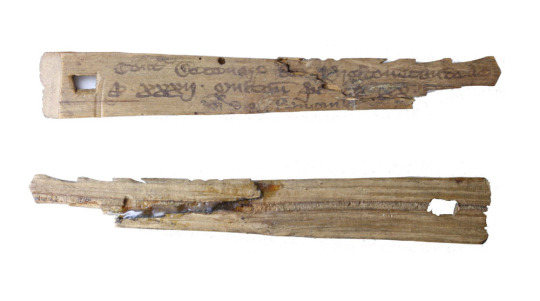
Wooden Money in Olde England,
The use of tally sticks as an accounting tool goes back to ancient antiquity and the dawn of civilization. In an age when the vast majority of people were illiterate, the simplest way represent a certain number of goods was to simply cut markings into a stick, a piece of bamboo, bone, or other similar item. Such systems were common all over the world including Europe, Asia, Africa, and the Pre-Columbian Americas. If you have, say 12 goats, you could go to the market, find an interested buyer, hold up the stick with 12 notches cut into it and say, “I have this many goats, want to make a deal?”
By the Middle Ages in Europe, Asia, and The Middle East, tally sticks were used as a record of debts, almost like a wooden credit card. An agreement to an IOU was made with the amount notched out on both sides of a stick. The stick was then split in half lengthwise, with one half held by the creditor, and the other half held by the debtor. Believe it or not this system of recording and settling debts continued well into modern times. In 1804 the use of the split tally was acknowledge as legal proof of debt in the Napoleonic Code. The split tally continued in use in Switzerland into the 20th century. When the Bank of England was founded in 1694 as a public corporation, the bank issued tally sticks to it’s investors as proof of their investments. Since the investments were recorded on stocks of wood, they became known as “stocks” and since then the use of the term “stock” for a investment in ownership of a public company has continued to this very day.
In 1100 King Henry I of England began issuing tally sticks as a form of money due to a lack of coinage in the kingdom and Europe in general at the time. The denomination of the stick would be etched onto both sides of the stick. The Dialogue Concerning the Exchequer, written in the 13th century, notes the different denominations as thus,
“The manner of cutting is as follows. At the top of the tally a cut is made, the thickness of the palm of the hand, to represent a thousand pounds; then a hundred pounds by a cut the breadth of a thumb; twenty pounds, the breadth of the little finger; a single pound, the width of a swollen barleycorn; a shilling rather narrower; then a penny is marked by a single cut without removing any wood.”
Like other split tallies, the stick was split lengthwise, with one half being circulated among the populace as money, and the other half being stored at the local exchequer’s office (treasurer). If one believed they were being cheated with a counterfeit stick, one only had to make a visit to the local exchequer and match his half of the stick with the half held by the treasurer.

The use of the split tally for money and the recording of debts ended by act of the British Parliament in 1826. In 1834 Parliament ordered the burning of thousands of ancient tally sticks representing centuries worth of wooden money and debt records to be burned. During their destruction, the chimney of the stove caught fire, resulting in a blaze that destroyed most of the Palace of Westminster.
517 notes
·
View notes
Text
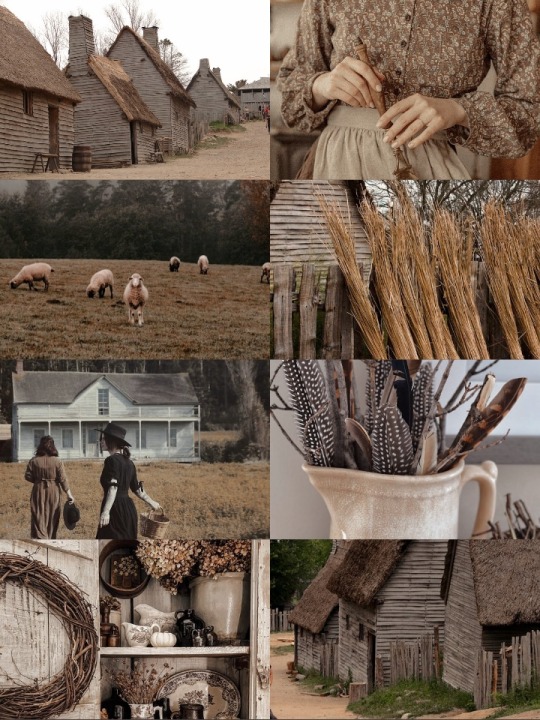
#english country#english countryside#english#english country house#medieval life#medieval#medieval history#vikings history#vikings#old stuff#historical#countryside#country#country cottage#countrycore#english cottage#cottage#cottagecore#cottagecore aesthetic#cottagecore moodboards#medieval village#medieval women#vintage clothing#vintage#vintage furniture#farmhouse#country house#village#aesthetic#moodboard
70 notes
·
View notes
Text
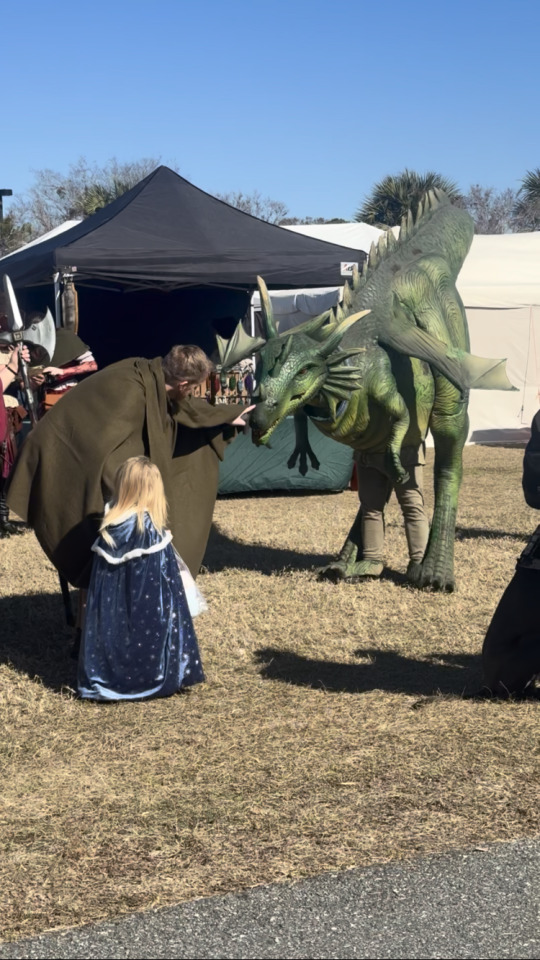
Dragon spotted at my local renaissance fair 🏰🐉
#medieval#medieval core#dragon#dragons#renaissance faire#renaissance#medieval aesthetic#medieval times#princesscore#princess#medieval fair#medieval faire#medieval life#renaissance aesthetic#renaissance festival#festival#mystical#magic#magical world#dungeons and dragons#how to train your dragon#like a dragon#medieval costume#medieval clothing
8 notes
·
View notes
Text
Terra Avstralis medieval fair, 09-11-2024

#reenactment#medieval fair#medieval reenactment#living history#medieval#historical reenactment#medieval life#mod stuff
5 notes
·
View notes
Text
Medieval Life | Polskie Tłumaczenie

Polskie tłumaczenie Medieval Life (od @jellypawss) ➝ data tłumaczenia: 29.1.2025
🐲 Ten mod koncentruje się wyłącznie na tym, jak Twoje średniowieczne postacie wchodzą w interakcje z innymi, od chłopa po królewską rodzinę i wszystkich pomiędzy nimi!
Interakcje:
Oskarż o zdradę
Poproś o drewno opałowe
Krytykuj sąsiednie królestwo
Żądaj sprawiedliwości dla ludu
Planuj wyprawy myśliwskie
Spiskuj przeciwko władcy
Pomódl się o deszcz
Dziel się ziołowymi lekarstwami
Dziel się plotkami z wioski
Zajmij się raną
Oskarż o kradzież kurczaków
Ostrzeż przed bandytami

tłumaczenie trzeba włożyć do folderu z modem
bez moda tłumaczenie nie zadziała

➝ zgłoś błędy przez formularz lub ask ➝ gdy tłumaczenie nie działa ➝ lista moich tłumaczeń ➝ co aktualnie tłumaczę/aktualizuję ➝ tou ➝ kup mi kawę

📂 POBIERANIE CURSEFORGE 🗡️ SFS 📂

#polskie tłumaczenie#the sims 4#ts4#sims 4#spolszczenie#simblr#the sims 4 polskie tłumaczenie#JellyPaws#Medieval Life#the sims 4 medieval life#the sims 4 mody#the sims 4 średniowiecze#the sims 4 tłumaczenia modów
2 notes
·
View notes
Text
Medieval life was a mosh pit of famines, plagues, and dragons. To survive, you joined the human centipede: guilds, families, anything but the dreaded “wanderer.” Women? They were wives, mothers, daughters — neatly filed in the Dewey Decimal System of societal roles.
#medieval history#medieval#15th century#middle ages#medieval life#human centipede#Women#dewey decimal system#Dewey
4 notes
·
View notes
Text

The Big Fish Eat the Little Fish - 1557.
#vintage art#fables#stories#fairy tales#folk tales#vintage illustration#medieval#medieval life#medieval art
4 notes
·
View notes
Text
Just realized duolingo is a form of book of hours? Litanies and prayers over and over again during canonical hours. You get biblical wrath if you skip?
#book of hours#medieval#medieval literature#medieval life#duolingo#litanies#litany#early modern history#early modern period
4 notes
·
View notes
Text
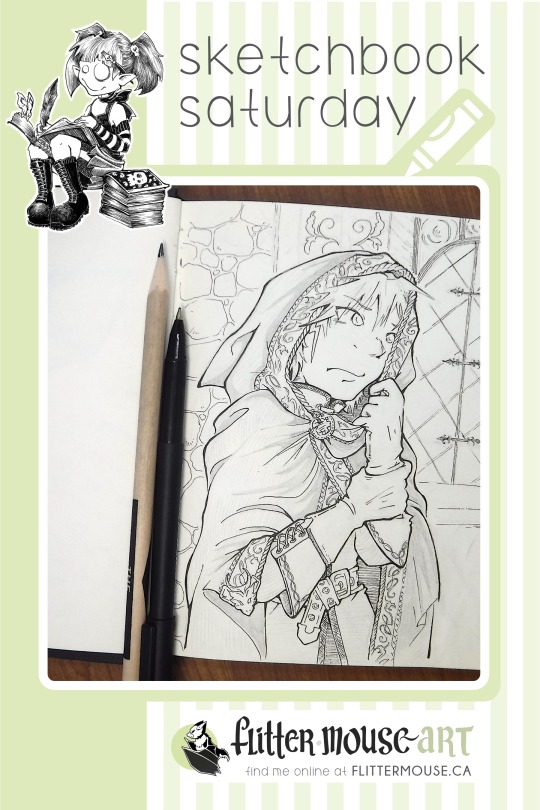
Comfort Characters
If you stick around Sketchbook Saturdays long enough, you’ll start to recognize this character. He was one of my very first OCs (original characters), and he likes to wander onto my practice pages. I’ve drawn him so often that he’s fallen into the category of “comfort character.”
I strongly believe in practicing my drawing skills every single day … but sometimes I want to create without the pressure of being creative, y’know?
Comfort characters are my go-to when I’m not feeling particularly artsy. They’re the characters that I’ve sketched over and over and over. Some of them, like this one, I’ve drawn so much that I only need one active braincell on duty in order to whip out a decent drawing. He seems to jump out of my pencil and onto the page, which is great for days when I’m not up for an artsy challenge.
I think Flann! (from my graphic novels) will eventually fall into the “comfort character” category. I’ve drawn her so many times in so many different poses that I don’t really have to THINK anymore when I draw her. Flann!’s on Active Duty right now — I’m sketching her every day while I map out Volume 3! — so I’ve temporarily banned her from my sketchbook, but I wouldn’t be surprised to see Flynn, Flann!, and James all sneak into my practice pages once we’ve completed their current adventure.
#flittermouseart#small artist#artists on tumblr#doodle art#traditional sketch#sketchbook saturday#draw every day#just a little doodle#drawing for fun#artwork#comfort character#fave character to draw#medieval life
5 notes
·
View notes
Text
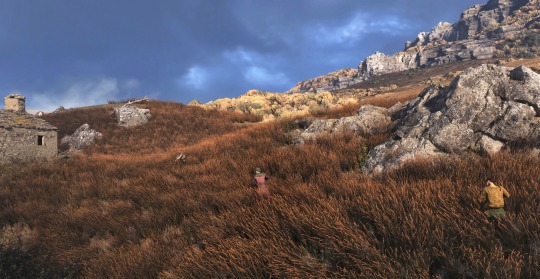

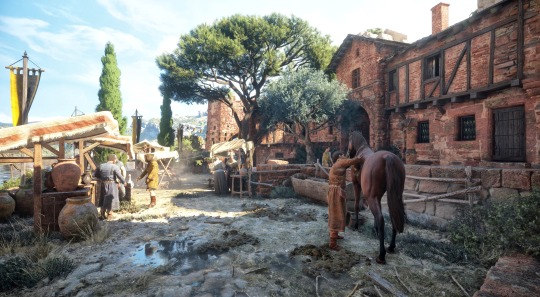
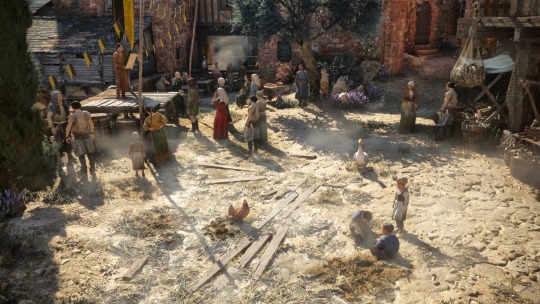
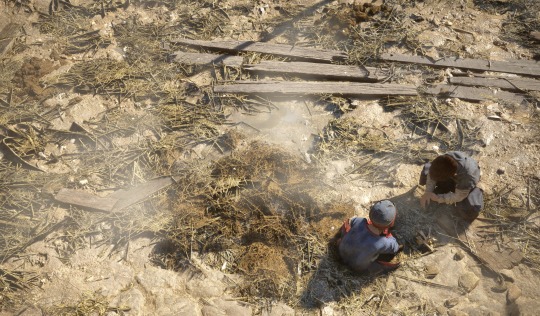

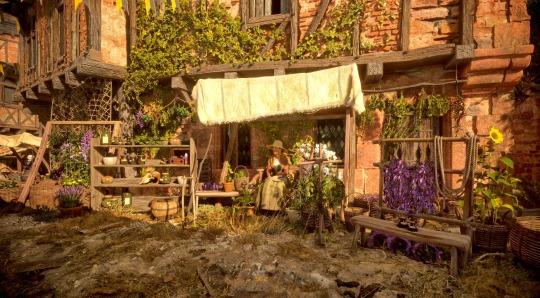
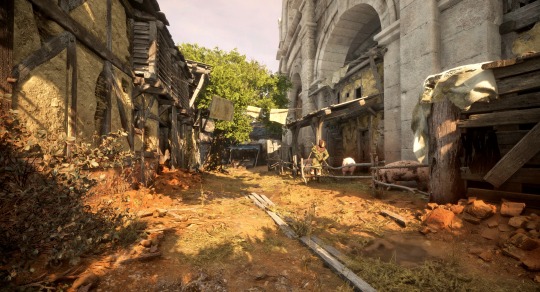
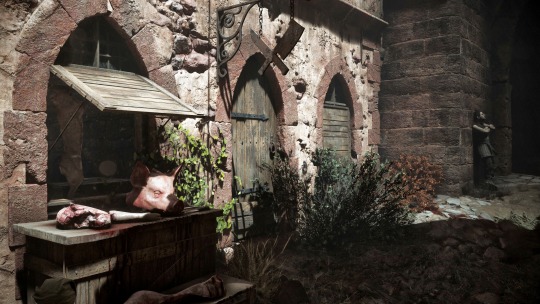
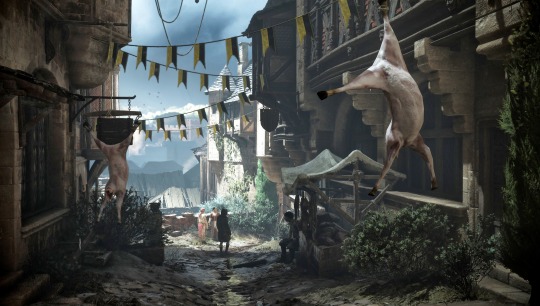
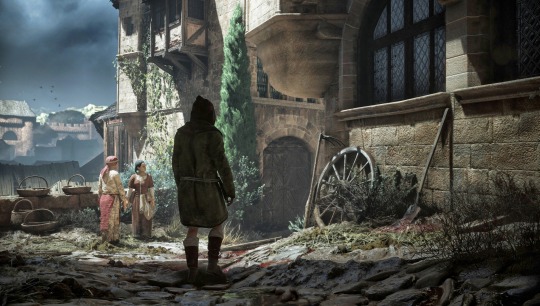



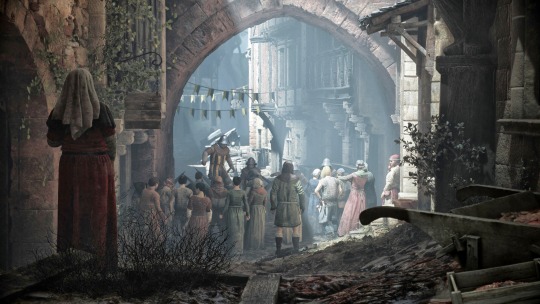
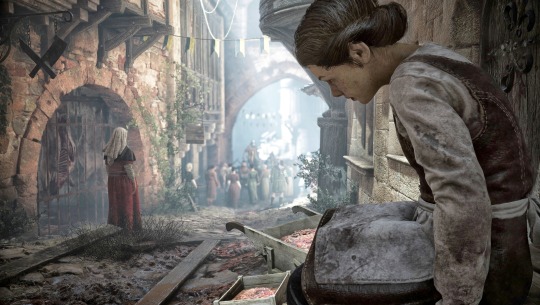
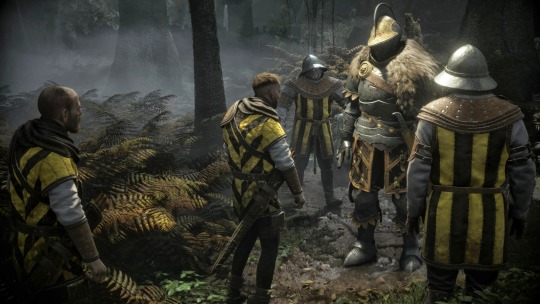



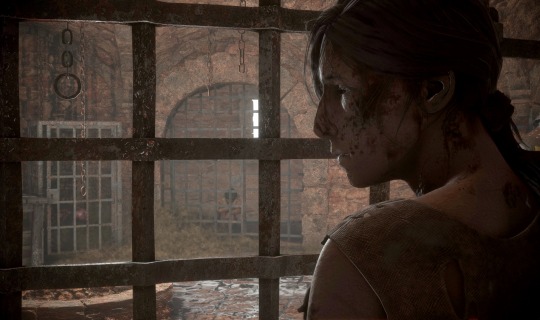
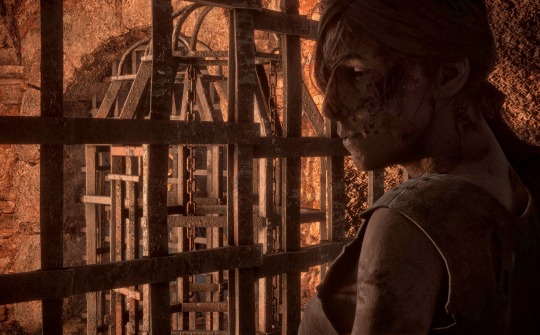




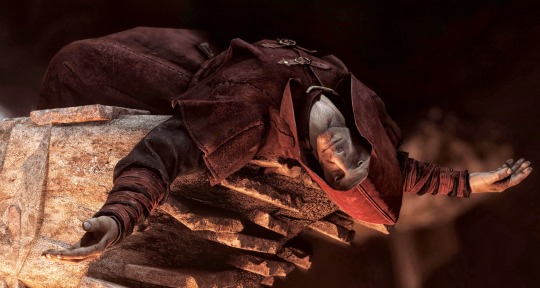
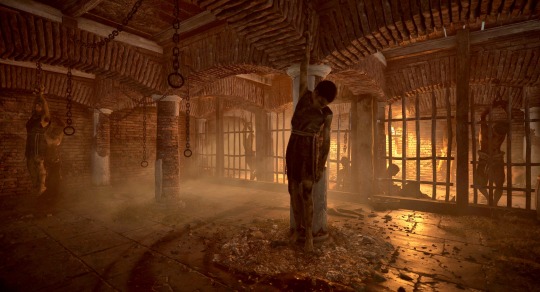
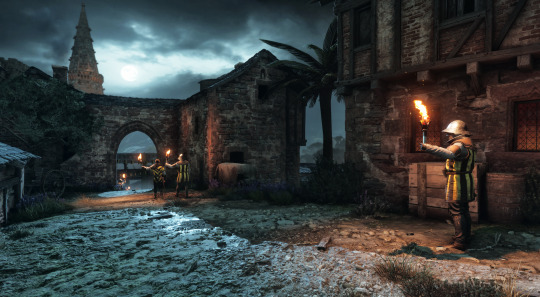

#virtual photography#a plague tale#a plague tale requiem#landscape#france#14th century#medieval life#medieval#ancient
4 notes
·
View notes
Text
Oh, to live the life of a medieval peasant (simple labor with proper breaks in between, less than half the year doing actual work, time for recreation and crafts and loved ones) minus the plagues (past, current, and breakouts that could be easily avoided by vaccinating)
4 notes
·
View notes
Text
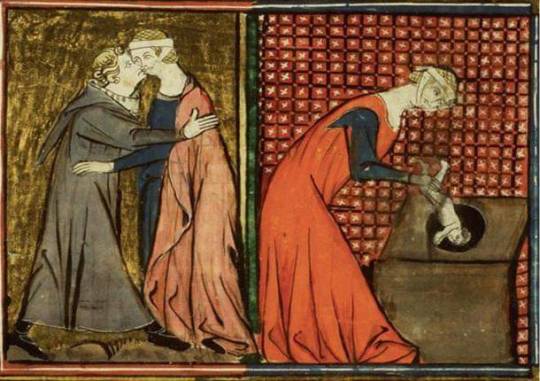
A detail from an illuminated manuscript depicting a medieval monk seducing a nun, who becomes pregnant and has an illegitimate baby. She then disposes of the baby in the privy (toilet). From the Miracles de Notre Dame, 71 A 24, now housed at the Royal Library of the Netherlands
2 notes
·
View notes
Text
For more on medieval life more broadly, I would like to also recommend the works of medievalist, Dr. Eleanor Janega, including her blog, her books, her documentary specials(many of which are available on YouTube) and especially my favorite of her two podcasts, We’re Not So Different (a podcast about how we’ve always been idiots).
At the time of this posting she and her cohost are doing a “day in the life” series which starts with the life of a peasant farmer.
tfw you see some stupid post that paints medieval peasants eating just plain grey porridge and acting as if cheese, butter or meat was too exotic or expensive for them, and have to use all your inner strength to not just reblog it with an angry rant and throwing hands with people. so i will just post the angry rant here
no, medieval people did not only eat grey porridge with no herbs or spices, they had a great variety of vegetables we dont even have anymore, grains and dairy products, not to mention fruits and meats, all seasonal and changing with the time of the year. no, medieval food was not just tasteless, maybe this will surprise some of you but you can make tasty food without excessive spice use, and can use a variety of good tasting herbs. if you'd ever tried to cook some medieval recipes you would know that. medieval people needed a lot of energy for their work, if they would only eat fucking porridge all of the time they would get scurvy and die before they could even built a civilisation. they had something called 'pottage' which was called that because it was cooked in one pot. you could leave the pot on the fire and go about your day, doing stuff and come back to a cooked meal. they put in what was available that time of the year, together with grains, peas, herbs, meat etc etc. again, if you would try to make it, like i have with my reenactment friends, it can actually be really good and diverse.
dont confuse medieval peasants with poor people in victorian england. dont think that TV shows what it was really like. dont think that dirty grey dressed people covered in filth were how the people looked like.
they made use of everything. too poor to buy proper meat? buy a sheeps head and cook it. they ate nettle and other plants we consider weeds now. they foraged and made use of what they found. hell, there are medieval cook books!
most rural people had animals, they had chickens (eggs), goats (milk and dairy), cows (milk and dairy), sheep (milk and dairy) and pigs (meat machine), and after butchering they used ALL THE PARTS of the animal. you know how much meat you can get out of a pig, even the smaller medieval breeds? the answer is a lot
if you had the space you always had a vegetable garden. there are ways to make sure you have something growing there every time of the year. as i said they had a variety of vegetables we dont have anymore due to how farming evolved. you smoked pork in the chimney, stored apples in the dry places in your house, had a grain chest. people could go to the market to buy fish and meat, both fresh and dried/smoked. they had ale, beer and wine, that was not a luxury that was a staple part of their diet.
this post ended once again up being longer than i planned, but please for the love of the gods, just actually educate yourself on this stuff and dont just say stupid wrong shit, takk
26K notes
·
View notes
Text

i looove the miku trend. nomadic horselord hungarian miku be upon you
#hatsune miku#miku#miku fanart#digital art#artists on tumblr#historical costuming#medieval hungary#i cannot draw folk dress for the life of me but i can draw nomadic wear so yay
27K notes
·
View notes

